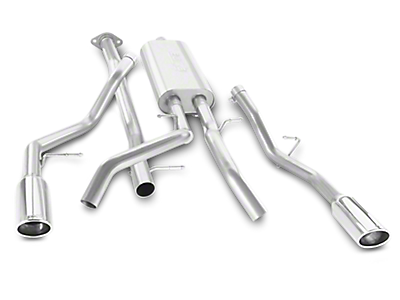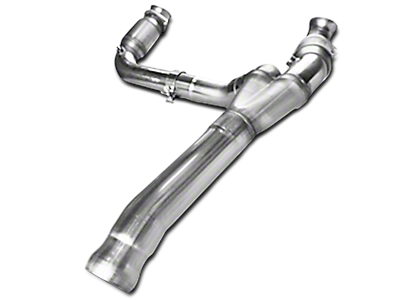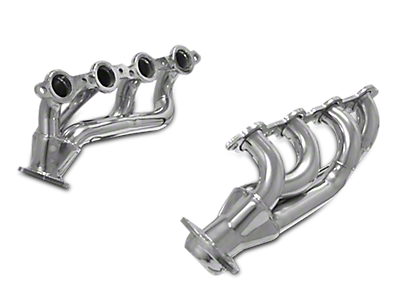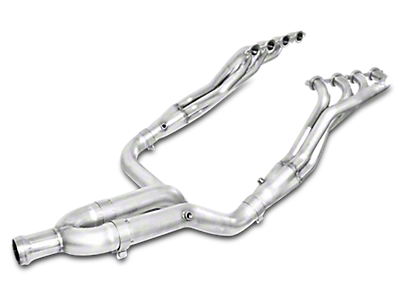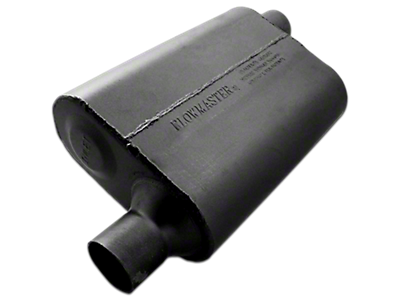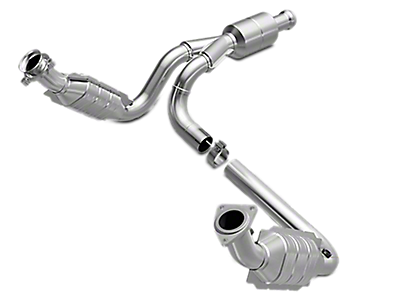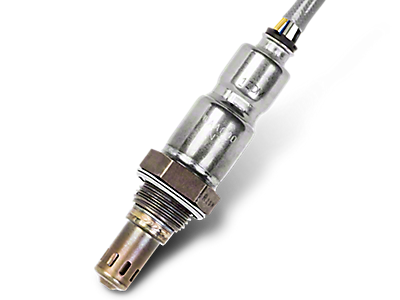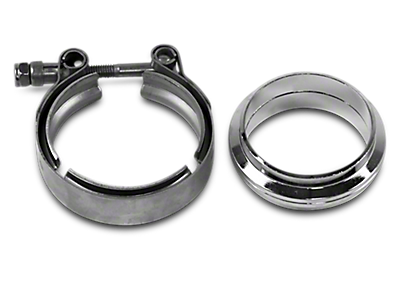
Talk to a Ram 3500 Sales Tech
1-888-706-1096
M-F 8:30A-11P, Sat-Sun 8:30A-9P
2010-2018 Dodge Ram 3500 Exhaust
Recommended for You
Recently Added 17-22 F-350;Exhaust
Showing 31-60 of 644 Exhaust in
2010-2018 Dodge Ram 3500 Exhaust
Related Guides
- What’s the Best Exhaust System for Optimized Fuel Economy?
- What Is Carb Exempt?
- What Glasspack Muffler is the Loudest?
- What Do Catalytic Converters Do?
- What are the Different Types of Exhaust Tips & What Do They Do?
- Top 10 Favorite Exhaust Brands
- The Pros & Cons of a New Exhaust System
- The Best Truck Exhaust Systems for Serious Towing
- The Benefits of a Cat Back Exhaust System
- The Anatomy of an Exhaust System
- Single-Exit Exhaust vs. Dual-Exit Exhaust: Which System is Right for You?
- Magnaflow vs. Flowmaster: Which Exhaust System Sounds the Best
- Long-Tube vs. Short-Tube Headers: The Long and Short of It
- How to Measure Your Exhaust Pipe
- How to Install Exhaust Tips
- How to Install Exhaust Headers
- How to Install a Flowmaster Exhaust System
- How To Install a Catalytic Converter
- How to Change Your Muffler
- Flowmaster Muffler Comparison Guide
- Exhaust Tips Tech Center
- Exhaust Systems Comparison: The Best & Most Affordable Performance Exhaust for You
- Exhaust Headers vs. Exhaust Manifolds vs. Intake Manifolds
- Exhaust Headers Guide: What to Know Before You Flow
- Everything You Wanted to Know about Catalytic Converters but You Were Too Frightened to Ask
- Diesel Trucks: What You Need to Know about Exhaust
- Choosing Between X-Pipes and H-Pipes For Your Exhaust
- Check Engine Light On! What Do Those Codes Mean?
- A Sound Off Between Glasspack Mufflers, Chambered Mufflers and Turbo Mufflers
- Glossary What Are The Best Exhaust Systems? How Exhaust Systems Work
- Magnaflow vs. Borla: Which Exhaust Performs & Sounds the Best
- Corsa vs. Magnaflow: Which Exhaust System Performs & Sounds Best?
- How Do Exhaust Smoke Stacks Work?
